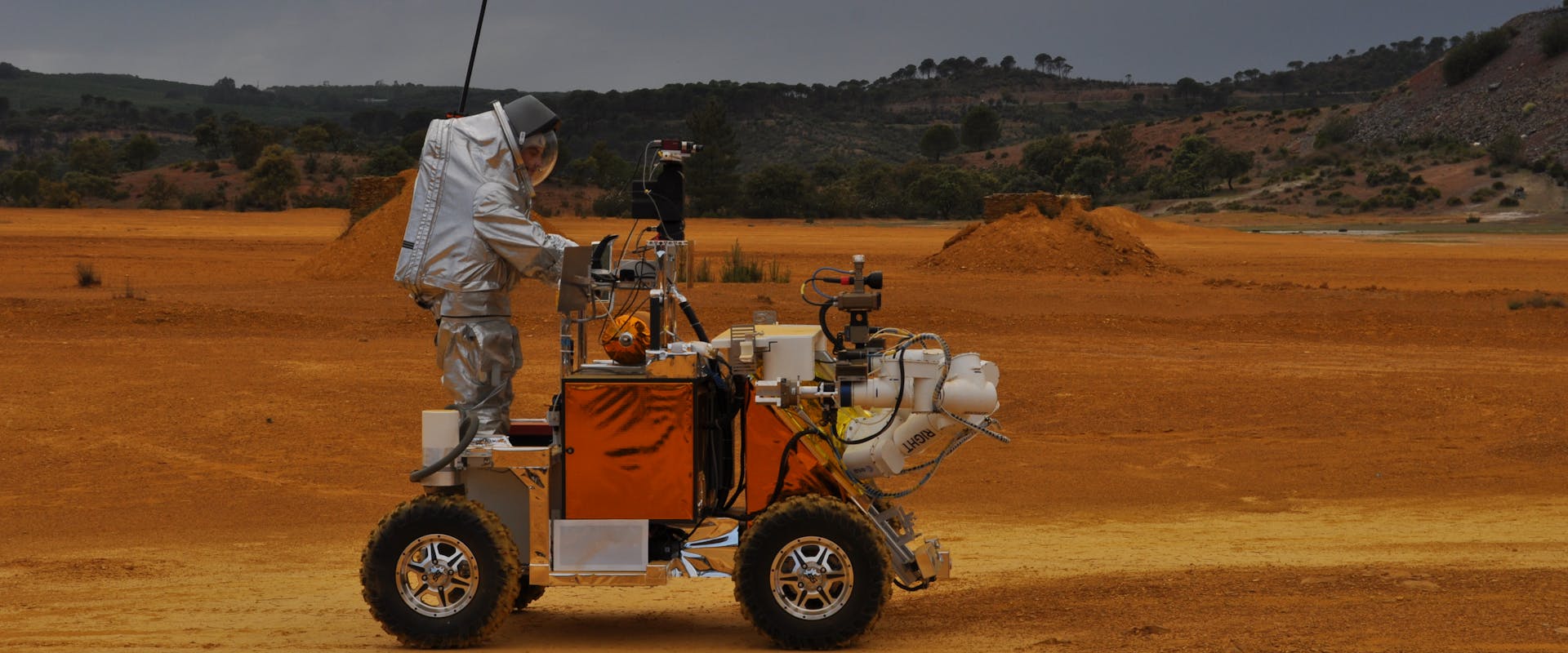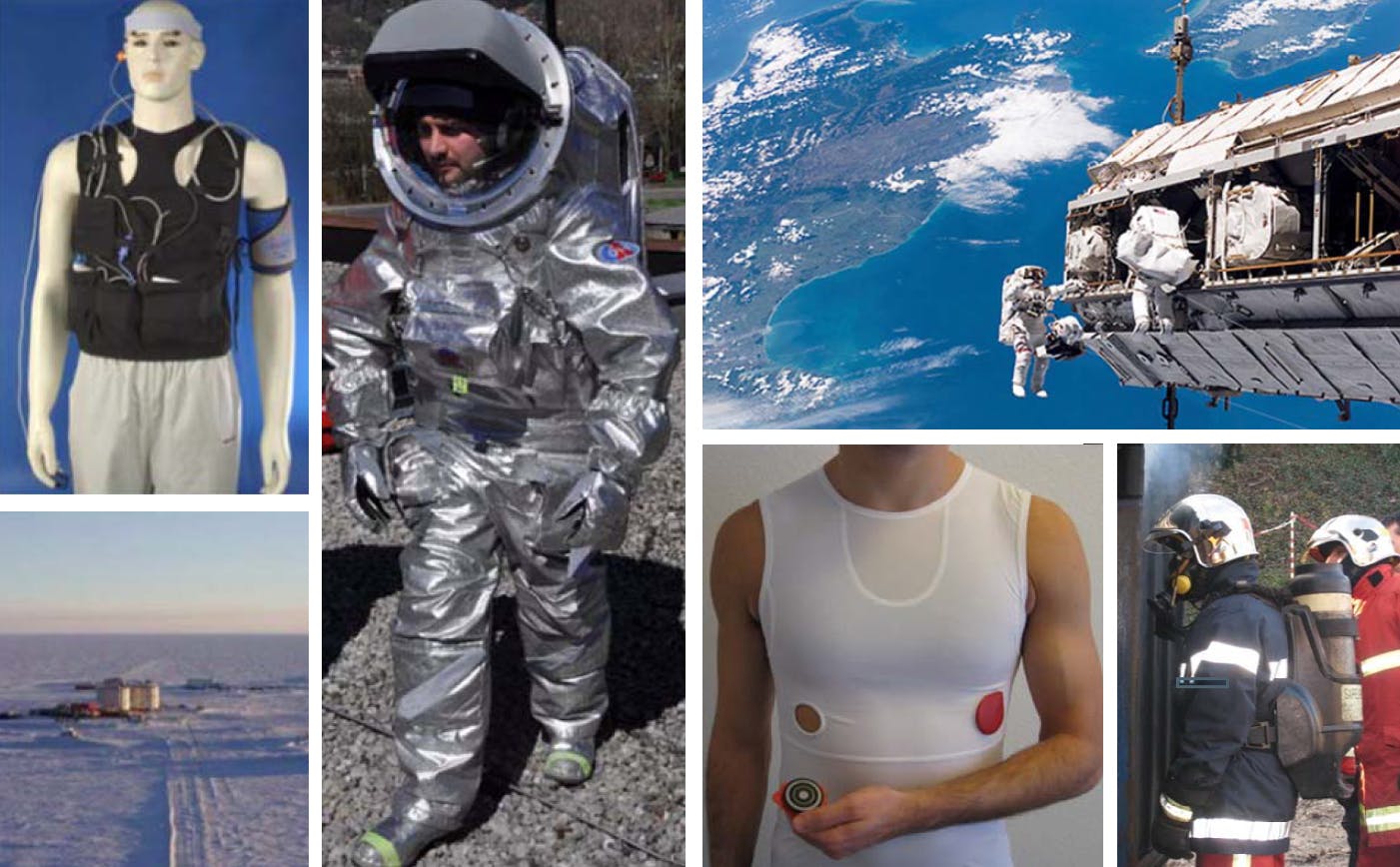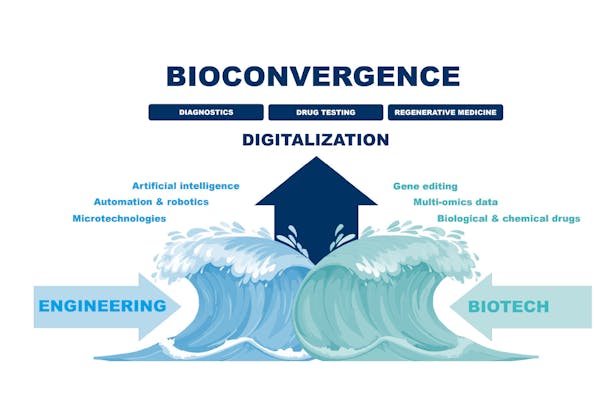From technologies originally developed for astronauts to everyday medical wearables
Were you aware that technologies initially created to monitor astronauts’ vital signs from afar are now used in everyday medical wearables? To celebrate today's international Day of Human Space Flight, CSEM looks back to the late 1990s when we started developing technologies to measure multiple physiological parameters and laid the foundation for wearable medical devices on Earth.

The International Day of Human Space Flight is celebrated every year on April 12th, to commemorate the first human space flight by Yuri Gagarin in 1961. For CSEM, this day provides an opportunity to reflect on our work in the 90s, when we started developing technologies for measuring various physiological parameters while working on a Long-Term Monitoring Survey System for the European Space Agency (ESA). This work laid the foundation for today’s digital health devices.
Space is a challenging environment with harsh and extreme conditions that expose astronauts to a range of stress factors, including microgravity, radiation exposure, and isolation. Monitoring vital parameters is crucial to ensure their safety and well-being in space. But how do you study the physiological adaptation of crews in remote, isolated, and extreme environments? How do you measure heart rate, blood pressure, oxygen saturation (SpO2), core body temperature, activity, and respiratory rate?
In 2005, ESA commissioned CSEM to design, build, validate, and deliver a fully operational ground prototype of a system to measure core physiological parameters. The result was a lightweight, safe, and reliable medical measurement system called LTMS System (Long-Term Monitoring Survey System).

From left to right : LTMS-3, Concordia Station, spacesuit mock-up, astronauts in space, sensors embedded in a t-shirt, firefighters
LTMS was only the beginning
The LTMS system used an easy-to-wear vest equipped with three dry electrodes, met medical standards, and it could monitor human vital signs around the clock including: ECG, respiration rate, oxygen saturation (SpO2), blood pressure, body core temperature, activity, and posture, as well as weight and body composition.
The LTMS-2 system prototype underwent validation at Bern University Hospital. A newer version, LTMS-S, was tested in Switzerland by HNE (Hôpital Neuchâtelois) and CHUV (Centre Hospitalier Universitaire Vaudois). This system was also used in clinical trials at the Concordia Base in Antarctica in 2008. ESA’s long-term objective was to obtain experience in the field and to apply it in the preparation of crewed missions to Mars.
From astronauts in space to individuals on Earth
Devices designed for use in space possess certain qualities, they tend to be light weight, robust, compact, and can endure unique spaceflight conditions, such as extreme temperatures and zero gravity. These qualities make them desirable for use in other fields, and resultantly they have been used to monitor firefighters and workers in the mining, oil, and construction industries.
In remote monitoring, healthcare providers also quickly adopted these technologies for hospitals and intensive care units, to track vital signs such as heart rate, body temperature, blood pressure, and oxygen saturation with specialized equipment and trained personnel.
Over time, technological advancements and the miniaturization of sensors have made it possible to develop portable and wearable devices capable of monitoring vital signs at home.
Today, smartphones and their numerous mobile health applications allow individuals and healthcare providers to track vital signs, physical activity, nutrition, exercise, fertility cycles, and even sleep patterns.
Future development of digital health devices
Experts predict that there will be no end to the development of ‘smart’ medical technologies. This prediction is backed by a strong trend towards personalized medicine, which involves the use of big data, machine learning, and artificial intelligence (AI). These tools will allow medical researchers to gather real-time insights, helping clinicians to make better decisions, diagnose patients more accurately, and treat patients with fewer adverse side effects. Patients will also be empowered to take a more active role in their healthcare, which will lead to more personalized and proactive approaches to managing chronic conditions. Ultimately, this will help reduce the healthcare costs, which is one of the major challenges of our times.
Interested in our wearable solutions?
Get inspired by our latest technologies—smaller, smarter, better connected, and more efficient! Learn more in our Digital Health section.


